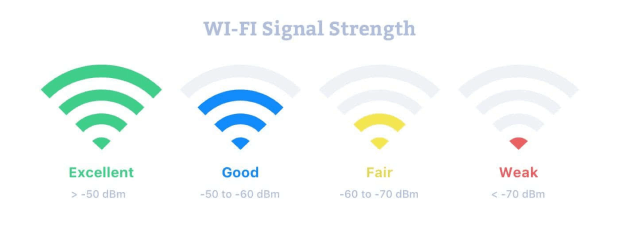
The White Residence launched Wide Info, a new file the day passed on the approaches that synthetic intelligence will rework our financial system over the coming years.
The record anticipates economic consequences on numerous fronts. Like several new generations, AI is key to the boom because it increases output without requiring a will increase in exertions or capital. “Inside the closing decade, no matter technology’s high-quality push measured productivity increase has slowed in 30 of the 31 superior economies, slowing In the United States from a median annual increase rate of 2.five% Inside the decade after 1995 to best 1.zero% increase In the decade after 2005,” the report states. Any boom in aggregate productivity from adopting artificial intelligence could be a welcome alternative.
However, the resultant process automation is causing alarm. Calls for distinct skills will shift; however, much less clear where it will go. Within the 19th century, the technology powering mass production made it possible for low-skilled workers to create merchandise that competed with the ones produced with the aid of enormously professional artisans. Demand for excessive professional workers, therefore, waned.
But, inside the 20th century, especially starting in the 1990s with the boon of private computers and the net, technology had a unique effect. Recurring, low professional jobs were eliminated or drastically decreased, even as jobs requiring creativity, summary thinking, and trouble-solving experienced productivity gains. This trend contributed to inequality in the workforce because the university-educated workers who held these high professional jobs have already been compensated at a better price than their less knowledgeable, decreased skilled counterparts.
Shifts in demand will lead to churn inside the exertions market, although the churn will be experienced erratically. A few professionals believe as many as forty-seven % of U.S. Jobs are at risk of being replaced utilizing AI technology in the next couple a long years. The three million people who work for a living, for example, are in extreme danger of losing their jobs because of the speedy development of absolutely self-reliant cars, persisting with the pattern of the 20th century.
The dislocation is anticipated the most among the least educated: forty-four % of American employees with much less than an associate’s degree maintain jobs made of fantastically automatable tasks at the same time, while 1% of people with a bachelor’s diploma or better keep this sort of process.
Furthermore, the profits from this upcoming business revolution can be concentrated amongst a fair smaller, elite innovator magnificence. Over the past 4 decades, the proportion of earnings earned through the top 1% has accelerated from eight% to over 18% In the U.S.A. whilst the boom in Japan has been from 7 to more or less nine.5%, suggesting that rising inequality isn’t entirely the result of technological advancement but additionally public regulations. AI will no longer only pervade the financial system, but additionally exacerbate the inequality that already exists.
One policy reaction that the record recommends is doubling down on training for jobs of the future and helping displaced employees in the transition.
This cognizance of Education has a precedent. The high school movement of the early twentieth century performed an important role in the transition from an agrarian to an industrial economy. “By 1930, the USA had turned into way in advance of Ecu nations in terms of broadly to be had, free, and publicly funded secondary education,” the report says. “Individuals used Training to adapt to new jobs which couldn’t even have been imagined in earlier years.”
Yet the USA’s investment in programs that resource displaced workers pales in contrast to other industrialized countries. In 2014, OECD member international locations (aside from the U.S.) spent an average of zero.6% of GDP on active labor market policies. The U.S., alternatively, spent a mere zero.1% of GDP, and modern-day public fees on such packages are less than 1/2 (as a percentage of GDP) of what they had been 30 years in the past.
Related Articles :
In addition to retraining workers affected by automation, we must enhance secondary Education. The document touts the file-excessive eighty-three % high college graduation rate at some stage in 2013-2014 at the same time while acknowledging that in 2013, less than forty % of high school graduates were university-ready equipped (this fact is similarly evidenced by way of the high university dropout fees).
However, missing from the document is any point out of the possibility of introducing more than one pathway, especially the ones for vocational programs. A few college students are not as academically inclined, and when we push them into college, we set them up for failure. Half of the jobs within the U.S. economy are center talent jobs, yet the best 44% of the body of workers is trained to that stage. Therein lies an opportunity for increasing post-secondary schooling that leads without delay to many of the new jobs, so that it will emerge over the approaching years.
The selections we make today approximately how to educate the population, and the degree to which we invest in those packages, will determine how extensively prosperity is shared in the new economic system.












